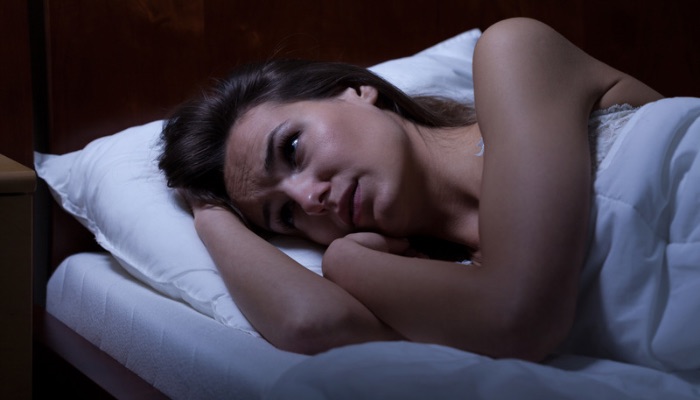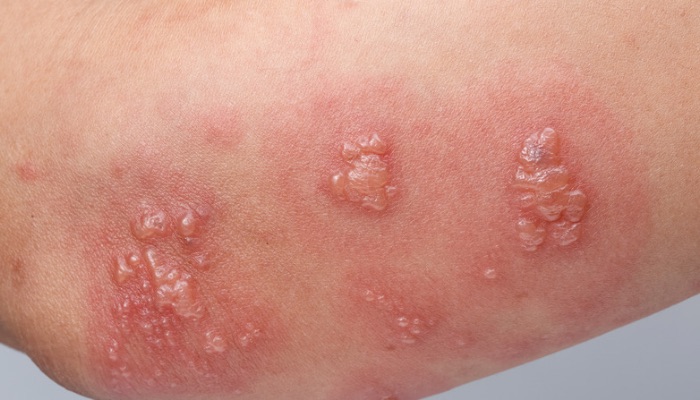
What Helps with Shingles Pain at Night?
Shingles, or herpes zoster, is caused by the varicella zoster virus, the same virus responsible for chickenpox. When this virus reactivates, it leads to a painful condition characterized by a shingles rash, which can be especially distressing at night. The discomfort often with develop shingles stems from nerve pain and increased skin sensitivity, making it hard to sleep. So, what helps with shingles pain at night?
Understanding Shingles Symptoms and Pain
The shingles virus presents as a painful rash, often accompanied by blisters and an intense burning sensation. This burning pain typically follows the path of nerves affected by the virus that causes shingles. Some individuals may experience severe pain that extends well beyond the rash itself, often lingering for weeks or months—a condition known as postherpetic neuralgia.
Nerve pain from shingles is most troublesome at night, as the body’s natural rhythms slow down, making the discomfort feel more intense. Other shingles symptoms like itching, tingling, and sensitivity also contribute to sleepless nights.
Why Does Shingles Pain Get Worse at Night?
Nighttime pain is common in shingles because of factors such as:
- Decrease in distractions: During the day, distractions like work or conversation can help the brain focus on other things, minimizing the perception of pain. At night, when the environment is quieter, the pain feels more intense.
- Body position: Lying down can increase pressure on the affected area, worsening shingles pain. Areas with rash and blisters are particularly prone to this pressure.
- Temperature fluctuations: Changes in body temperature, such as feeling too hot or too cold, can trigger nerve pain and increase skin sensitivity.
- Muscle pain and tension: During shingles outbreaks, muscle pain often accompanies the rash, which can worsen when you’re lying still for long periods.

Pain Relief for Shingles at Night
- Over-the-Counter Topical Treatments Topical treatments, such as calamine lotion or colloidal oatmeal, can help alleviate shingles symptoms. These products create a soothing effect on the skin, reducing itching and burning sensations that worsen at night. Applying a thin layer to the affected area before bedtime can help you relax and promote better sleep.
- Cool Baths and Compresses A cool bath or the use of cold compresses can be effective in reducing nerve pain and increased skin sensitivity. Cold therapy helps to numb the skin, which in turn helps decrease pain. This is especially helpful for those dealing with shingles outbreaks and flare-ups during the night.
- Prescription Medications If over-the-counter treatments aren’t providing enough relief, prescription medications may be required. Antiviral medications, such as acyclovir or valacyclovir, can help treat shingles by speeding up the healing process and reducing the duration of shingles pain. Additionally, tricyclic antidepressants are sometimes prescribed for postherpetic neuralgia to reduce pain signals from the damaged nerves.
- Antiviral Medications and Early Treatment Starting antiviral drugs early after a shingles outbreak can shorten the duration of symptoms and provide pain relief. By tackling the virus head-on, antiviral medication helps to manage the varicella zoster virus and may prevent shingles pain from becoming too severe at night.
- Anti-Inflammatory Home Remedies Anti-inflammatory home remedies such as soaking in cool water or using certain creams made from chili peppers may help soothe inflamed skin. Some research suggests that capsaicin, derived from chili peppers, can reduce pain signals over time by numbing the nerve endings.

Additional Methods for Relieving Shingles Pain at Night
- Prescription Medications for Nerve Pain For those suffering from persistent nerve pain due to shingles, prescription medications such as gabapentin or pregabalin can help. These medications target the nervous system, dampening pain signals and providing much-needed relief, especially during the night. In cases of postherpetic neuralgia (PHN), these medications may be recommended to reduce the severity of postherpetic pain and promote better sleep.Tricyclic antidepressants are another option commonly prescribed for post herpetic neuralgia. These drugs help to reduce pain by altering the way your body interprets pain signals, particularly for those dealing with lingering shingles pain long after the rash has healed.
- Ivermectin for Shingles Relief Though primarily used as an antiparasitic medication, Ivermectin has been explored for its potential benefits in alleviating shingles symptoms. Studies suggest that Ivermectin may help reduce inflammation and relieve nerve pain caused by the varicella zoster virus. It can also be beneficial in managing postherpetic neuralgia, offering another option for those struggling to find relief from traditional treatments. Always consult your healthcare professional to determine if Ivermectin could be a suitable addition to your treatment plan for nighttime shingles pain.
- Natural Remedies to Soothe Nighttime Discomfort There are various natural remedies that may help with shingles pain at night. Cool baths infused with essential oils such as lavender or chamomile can promote relaxation and help reduce burning pain. Colloidal oatmeal baths are another option to calm irritated skin and decrease inflammation.Aloe vera, known for its soothing properties, can also be applied to the shingles rash to provide skin comfort and alleviate skin sensitivity during the night. Similarly, applying a thin layer of manuka honey can help with wound healing and reduce the discomfort of the painful rash.
- Preventative Measures: The Shingrix Vaccine One of the best ways to prevent future shingles outbreaks and reduce the risk of severe pain is to get vaccinated with the Shingrix vaccine. This zoster vaccine recombinant is highly effective in preventing shingles and its complications, such as postherpetic neuralgia. According to the Food and Drug Administration (FDA), the vaccine is recommended for healthy adults over 50, as well as for those with a weakened immune system who are at higher risk of developing shingles.By boosting your immune system with the shingles vaccine, you can help prevent future shingles outbreaks and avoid the severe pain that can make nights unbearable. Preventing shingles altogether is a critical step in long-term health and wellness.
- Home Remedies and Self-Care Tips Managing shingles pain at night often involves a combination of self-care practices. Cool compresses applied to the affected area can help reduce inflammation and numb the skin, providing temporary relief. Additionally, calamine lotion or lotions containing colloidal oatmeal can help relieve itching and soothe the skin.Incorporating an anti-inflammatory diet rich in foods like fatty fish, leafy greens, and antioxidant-rich berries may also aid in reducing inflammation and supporting the immune system during recovery from shingles.
Conclusion
Dealing with shingles can be overwhelming, particularly when shingles pain interferes with your ability to rest at night. However, by incorporating a combination of prescription medications, natural remedies, and preventative measures like the Shingrix vaccine, you can manage your symptoms more effectively and improve your quality of life.
From antiviral medications and Ivermectin to soothing home remedies like aloe vera and colloidal oatmeal, there are numerous ways to manage symptoms, reduce pain and promote healing. Always work closely with a healthcare provider to tailor a treatment plan that best suits your needs and provides the greatest pain relief during the night.
